Available 24/7
Available 24/7
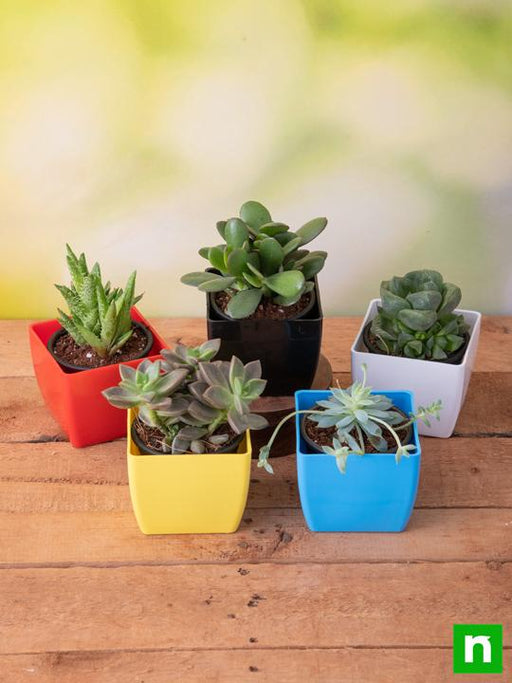
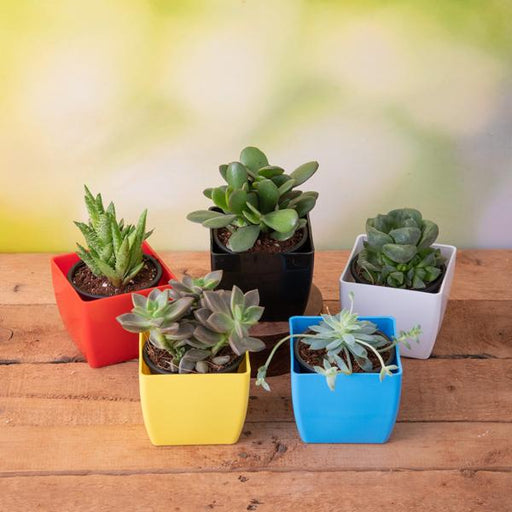 Save 29%
Save 29%
DescriptionThe pack contains 5 exotic, easy to care succulent plants to make your desk stand out from the rest in an attractive manner.AboutExtreme...
View full details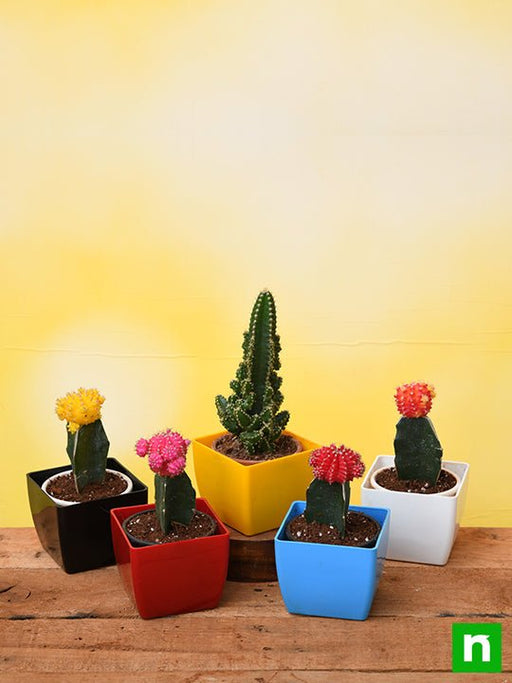
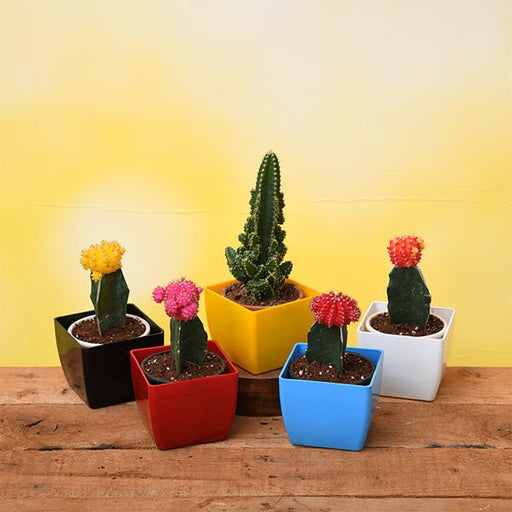 Save 16%
Save 16%
DescriptionA special pack of 5 beautiful cacti (4 Moon cacti + 1 Acanthocereus ). Perfect to decorate your garden space.About You get 5 beautiful ...
View full details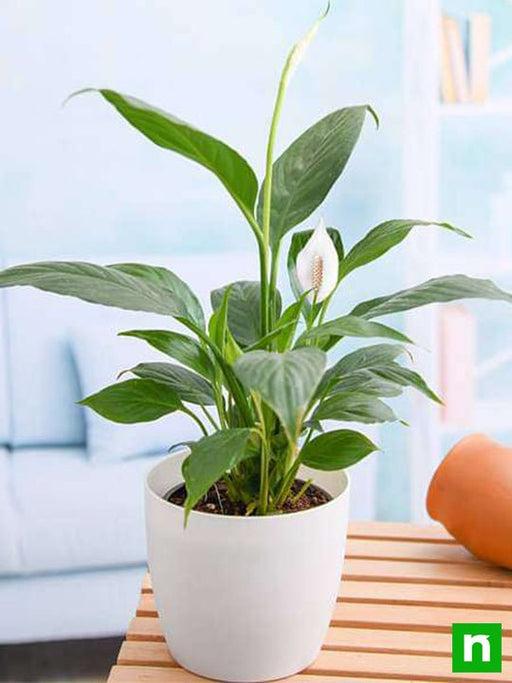
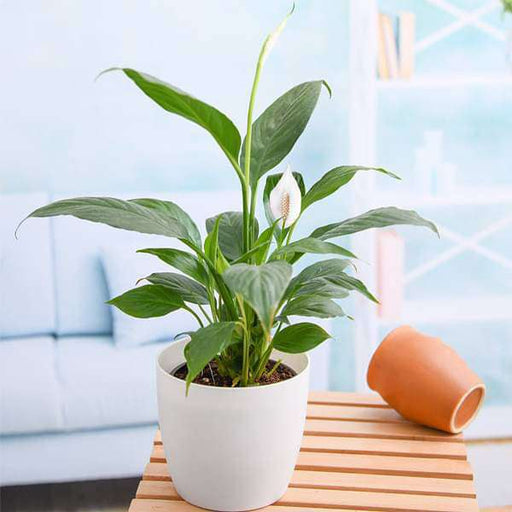 Save up to 15%
Save up to 15%
DescriptionPeace Lily Plant is a very popular and very rare indoor flowering houseplant. It is also an excellent air purifier plant.What makes it s...
View full details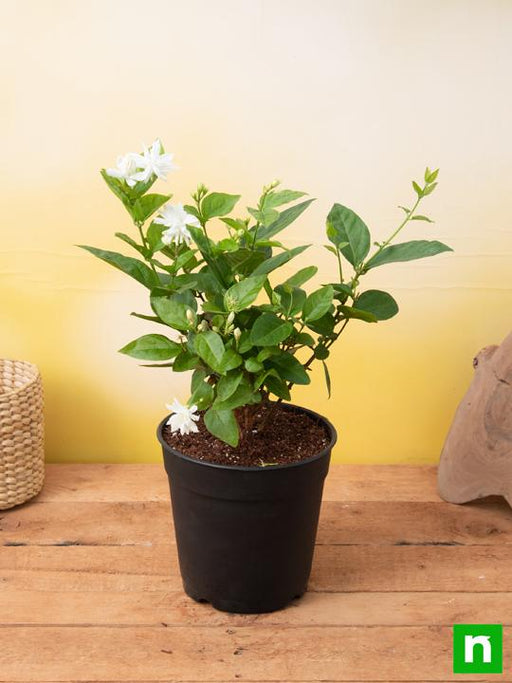
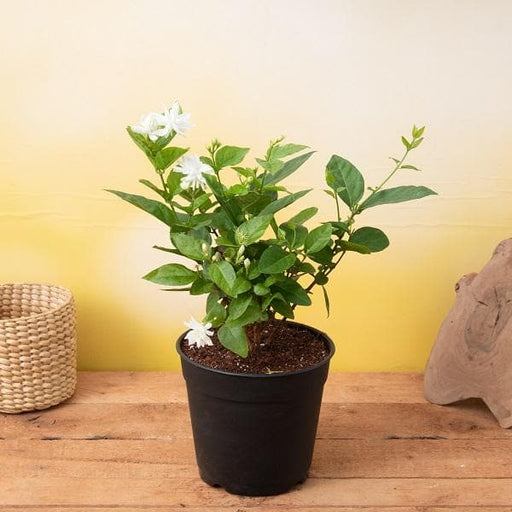 Save 20%
Save 20%
DescriptionFlowers make intimate connections they increase our connectivity with family and friends. Mogra plant is famously known as Jasmine flowe...
View full details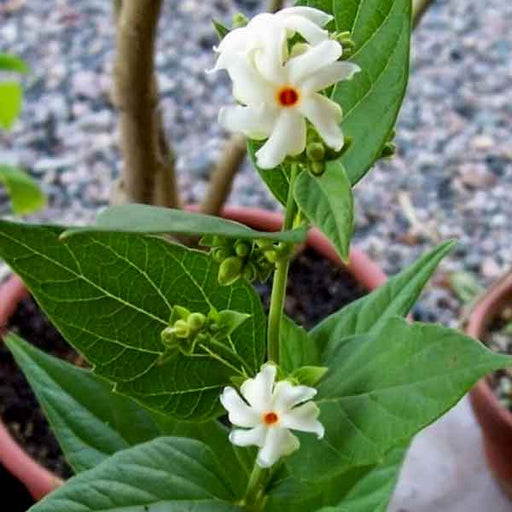
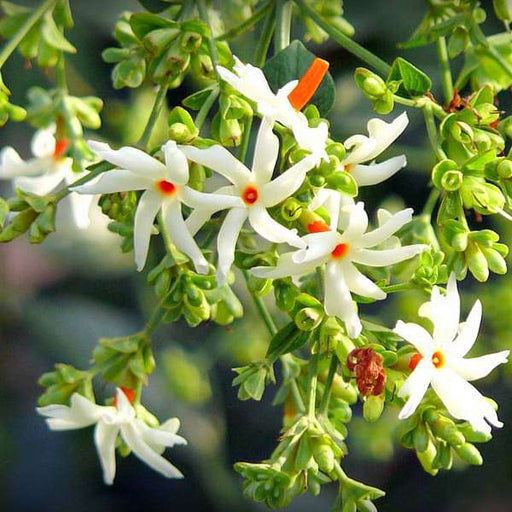 Save 14%
Save 14%
DescriptionHave you ever stumbled upon a tree that made you stop and stare?A tree that seemed to possess a beauty so rare that it made you question...
View full details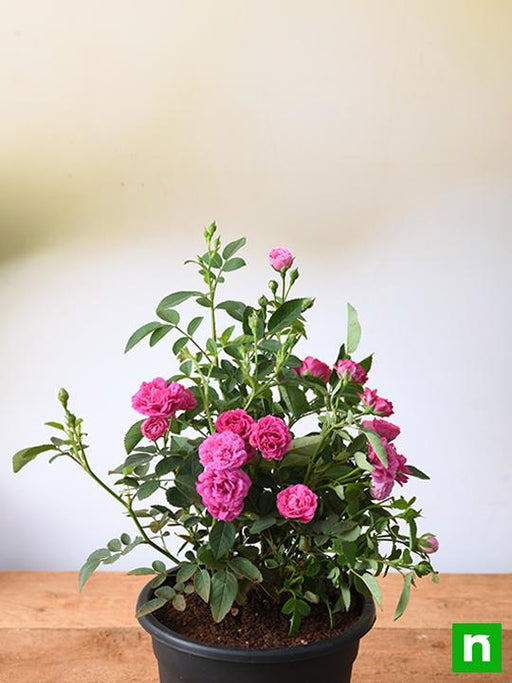
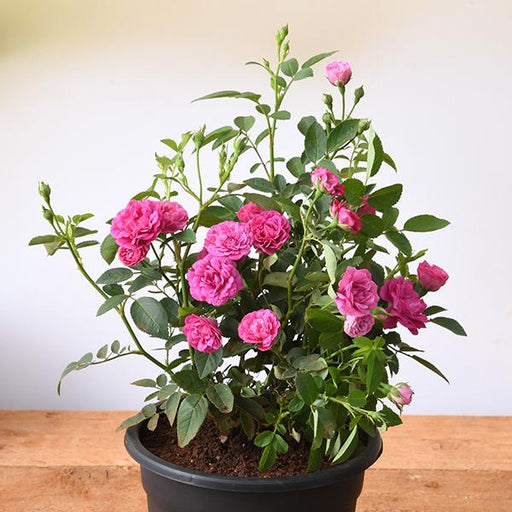 Save 14%
Save 14%
DescriptionButton Rose is a perennial flowering shrub plant. Roses are best ornamental plants.What makes it special: One of the best flowering plan...
View full details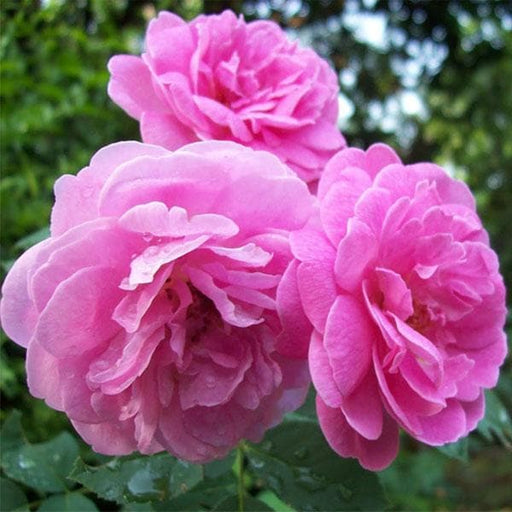 Save 20%
Save 20%
DescriptionDamascus roses are known for its distinct fragrance. Enjoy the real and oldest scent of rose. The Damascus rose is a deciduous shrub gr...
View full details
 Save 29%
Save 29%
DescriptionThe pack contains 5 exotic, easy to care succulent plants to make your desk stand out from the rest in an attractive manner.AboutExtreme...
View full details
 Save 16%
Save 16%
DescriptionA special pack of 5 beautiful cacti (4 Moon cacti + 1 Acanthocereus ). Perfect to decorate your garden space.About You get 5 beautiful ...
View full details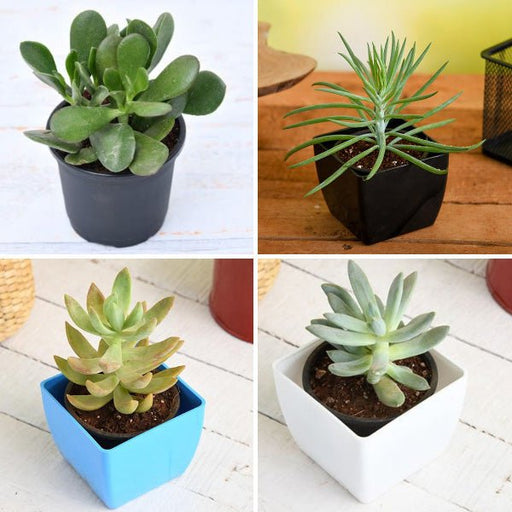 Save 45%
Save 45%
Description Pack of 4 succulents that are very easy to care for. A perfect pack to start growing plants worry-free. About You get 4 succulent plant...
View full details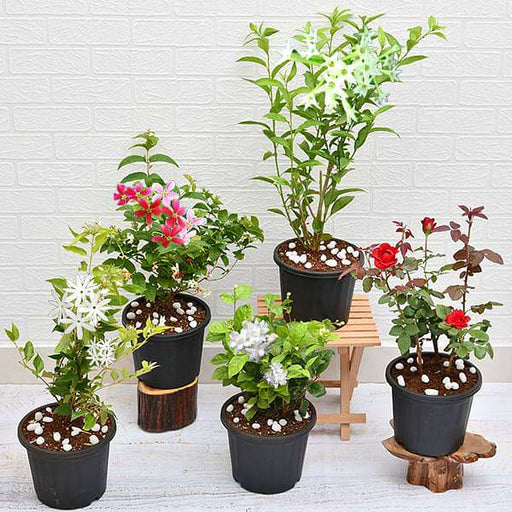 Save 12%
Save 12%
DescriptionAromatic plants bring into a room or house an often overlooked benefit. These plants have a pleasant scent.About You plant a hope when ...
View full details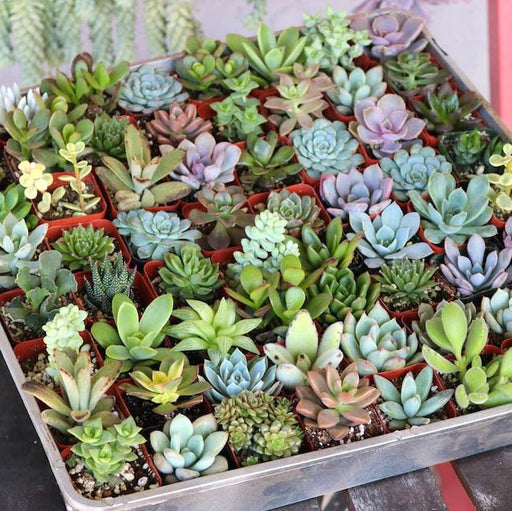
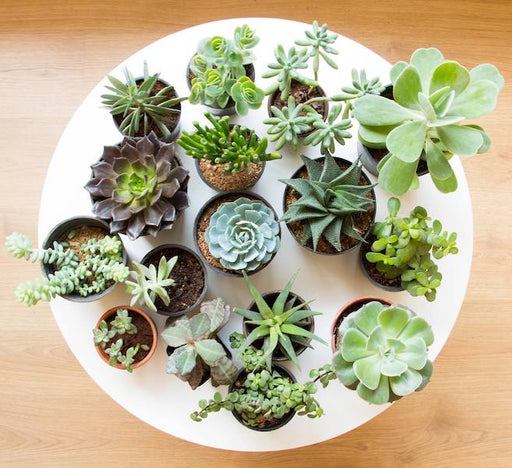 Save up to 50%
Save up to 50%
DescriptionIf you long for indoor greenery but have not succeeded with houseplants, consider these beautiful succulents. A perfect pack to start gr...
View full details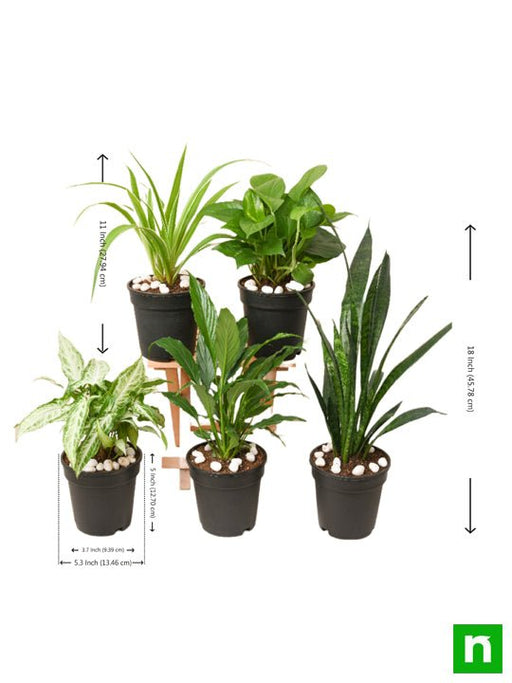
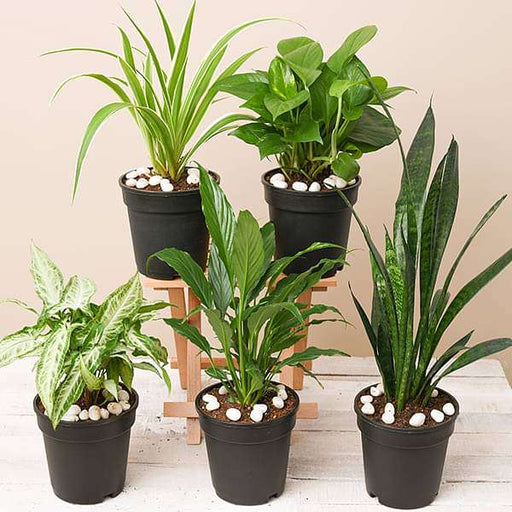 Save 21%
Save 21%
DescriptionThis plants pack contains amazing 5 houseplants + 5 Pots. Surround your home with these best pollution killer plants for a clean and hea...
View full details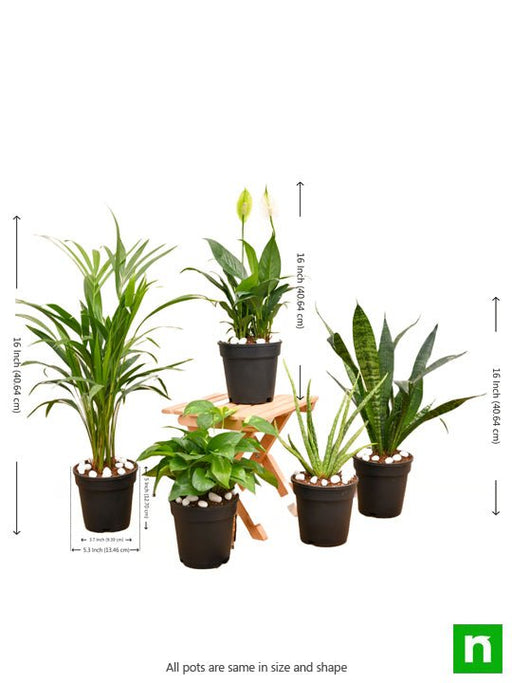
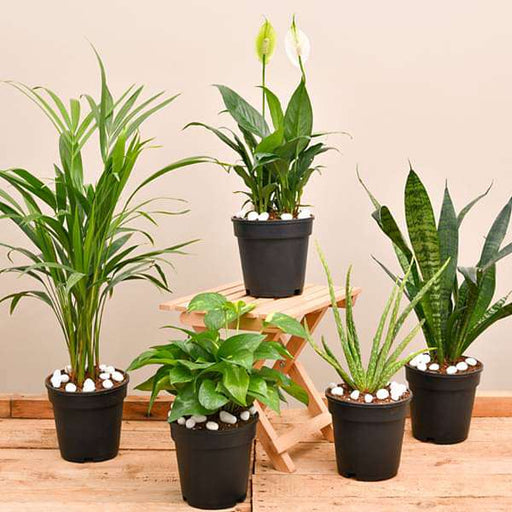 Save 20%
Save 20%
DescriptionIf you or anyone from your family wants to breathe fresh air, cleaner air in their homes, this 5 plants pack purify the air around and r...
View full detailsFlowering Plants are one of the prettiest plant categories which everyone wants to have in their house. But maintaining plants that bear flowers is not an easy job. Thus, here we will provide some easy tips and tricks which will help you to maintain them and your house will be blooming like anything.
Let's make the journey of filling your garden with flowers easier. Do you know there are some plants which bear flowers and are perfect for beginners? Some of the easier flowering plants are - sunflowers, coneflowers, Zinnias, Dianthus, Marigolds, Cosmos, Morning Glories, Sweet Peas, and likewise. Most of these plants are evergreen and bloom all year round.
There's always room for another plant! Make careful to change up your garden throughout the year to keep it looking great. Plant annuals for rapid colour bursts and perennials, such as spring-flowering bulbs, evergreens, and flowering shrubs, as well as spring-flowering bulbs, evergreens, and flowering shrubs.
Planting different flowering plants not only provide habitat and food for pollinators like bees, hummingbirds, and butterflies, but it also allows you to enjoy more colour for longer periods of time.
Flowering Plants are easy to maintain. You should only know two magic words: water and sun. Correct watering and sunlight is the key to a healthy plant. Make sure that they get indirect sunlight. Also, it is always advisable to keep such plants in an earthen pot.
Get Flowering Plants from NurseryLive
NurseryLive has a huge stock of plants that are of a different breed. You can get your favourite plant and many other plant accessories too along with flowering plants.
You can get a huge variety of such plants from our website. These plants are available in quite an affordable price bracket, and they would be easily delivered at your doorstep too.
There are countless types of flowering plants, from classic roses and daisies to exotic orchids and hibiscus. Learning about the different types can help you choose the best plants for your garden.
Proper care for flowering plants involves providing adequate water, sunlight, and nutrients, as well as regular pruning and monitoring for pests and diseases. Each type of flowering plant may have specific care requirements, so it's important to do your research.
Flowering plants come in a wide range of colors, from soft pastels to bold and bright hues. Choosing the right colors can help create a stunning garden display.
Flowering plants can be used in a range of garden designs, from formal flower beds to wildflower meadows. They offer versatility in terms of color, size, and growing requirements.
Flowering plants can be propagated through various methods, including seed propagation, stem cuttings, and division. Understanding the best propagation method for each type of plant can help ensure success.
Many flowering plants require specific pollinators, such as bees, butterflies, and hummingbirds, to ensure successful pollination and fruit set. Understanding the pollination process can help you better care for your flowering plants.
Flowering plants can be grown in containers, making them a great choice for small gardens and balconies. It's important to choose the right size container and provide adequate drainage and support for the plant.
Maintaining a beautiful garden of flowering plants requires regular care and attention, including watering, fertilizing, pruning, and pest control. Developing a maintenance routine can help keep your garden looking its best.
Flowering plants make excellent companion plants, providing vibrant color and attracting beneficial pollinators to the garden. Good companion plants for flowering plants include herbs, vegetables, and other flowering plants.
Flowering plants require varying amounts of sunlight to thrive, with some preferring full sunlight and others thriving in shade. Understanding the sun requirements of each plant can help you choose the best location for planting.
Flowering plants require well-draining soil that is rich in organic matter. The soil should be kept moist but not waterlogged, as excess moisture can lead to root rot and other issues.
Flowering plants require regular watering, with the soil kept moist but not waterlogged. Watering should be done at the base of the plant to prevent damage to the leaves and flowers.
Fertilizing flowering plants can help promote healthy growth and abundant blooms. Use a balanced fertilizer formulated for flowering plants, and follow the manufacturer's instructions for application.
Common pests and diseases that can affect flowering plants include aphids, spider mites, and fungal diseases like powdery mildew. Regular monitoring and proper care can help prevent and treat these issues.
Many flowering plants have a delightful fragrance, making them a popular choice for gardens and indoor spaces. Understanding the fragrance of each plant can help you create a sensory experience in your garden.
Adding garden accessories like trellises, stakes, and decorative pots can enhance the beauty of flowering plants and make caring for them easier. Choosing the right accessories can also help create a cohesive garden design.
Some flowering plants, like nasturtiums and pansies, have edible flowers and leaves that can be used in salads, teas, and other culinary creations. Understanding the edible uses of each plant can add an extra layer of enjoyment to your gardening experience.
Some flowering plants, like echinacea and chamomile, have medicinal properties that have been used for centuries. Understanding the medicinal uses of each plant can help you harness their healing benefits.
Many flowering plants have symbolic meanings, from roses representing love and passion to daisies symbolizing innocence and purity. Learning about the symbolism of each plant can deepen your appreciation for them.
Flowering plants have cultural significance in many parts of the world, with some being associated with religion, mythology, and folklore. Learning about the cultural significance of flowering plants can broaden your perspective and deepen your connection to them.
Flowering plants, also known as angiosperms, are plants that produce flowers and have seeds enclosed within a fruit.
There are many different types of flowering plants, including annuals, perennials, bulbs, and shrubs, among others.
Flowering plants require well-draining soil, regular watering, and a good fertilizer to thrive. They should be planted in a spot that receives full sunlight for at least 6 hours a day.
The best time to plant flowering plants in India is during the spring or fall season, depending on the specific type of plant.
Flowering plants require regular watering, and the frequency will depend on the weather conditions and the type of soil. As a general rule, water them deeply once or twice a week.
You can use a balanced, all-purpose fertilizer to feed your flowering plants. Apply it every two weeks during the growing season.
Yes, many types of flowering plants can grow well in pots, as long as they have adequate drainage and are placed in a spot that receives enough sunlight.
Prune your flowering plants regularly by removing any dead or faded flowers, and trimming back the stems to promote bushy growth.
Flowering plants can be propagated through stem cuttings, division, or seeds. The specific method will depend on the type of plant.
To prevent pests and diseases on your flowering plants, make sure to keep the soil moist but not waterlogged, and avoid overcrowding the plants. Use organic pesticides if necessary.
Flowering plants can bloom for several months, depending on the specific type of plant and growing conditions.
If you live in a region with cold winters, you can store your flowering plants in a cool, dry place indoors, or cover them with mulch and burlap outdoors.
Yes, many types of flowering plants can tolerate heat, but they require regular watering to prevent wilting.
Plant flowering plant seeds in a pot with well-draining soil, and cover them with a thin layer of soil. Water regularly and keep the soil moist until the seeds germinate.
Yes, many types of flowering plants can grow indoors if they receive enough sunlight and are planted in a well-draining pot with good soil.
To control pests on your flowering plants, use organic pesticides and insecticidal soap. You can also manually remove any pests you see on the plant.
Yellowing leaves on flowering plants can be a sign of overwatering or nutrient deficiencies. Check the soil moisture levels and fertilize the plant as needed.
Wilting flowering plants can be revived by watering them deeply and placing them in a shaded area for a few hours. If the problem persists, check the soil moisture levels and adjust your watering schedule.
Plant your flowering plants in a spot that receives full sunlight for at least 6 hours a day, and avoid planting them in areas with too much shade or where they may be blocked by buildings or trees.
Some types of flowering plants can survive in hot and dry conditions, but they require regular watering and protection from strong sunlight.
Root rot in flowering plants can be caused by overwatering or poor drainage. To treat it, remove the affected plant and repot it in fresh, well-draining soil.
Yes, many types of flowering plants can grow well in hanging baskets, as long as the basket has adequate drainage and is placed in a spot that receives enough sunlight.
To protect your flowering plants from pests like aphids and spider mites, use insecticidal soap or neem oil. You can also manually remove them with a damp cloth or cotton swab.
To propagate flowering plants by division, gently dig up the plant and separate it into smaller sections. Replant each section in a pot or in the ground with fresh, well-draining soil.
Yes, many types of flowering plants are known to attract bees and other pollinators, which can be beneficial for your garden.
To train flowering plants to climb a trellis or wall, gently tie the stems to the support with twine or plant ties. As the plant grows, continue to tie the stems to the support.
To ensure your flowering plants bloom for a longer period, deadhead the faded flowers regularly, and fertilize the plant with a bloom booster fertilizer.
Yes, many types of flowering plants can be grown in containers as long as the container is large enough and has adequate drainage. Use a well-draining potting mix and place the container in a spot that receives full sunlight.
Cover your flowering plants with frost cloth or burlap to protect them from cold weather, and provide shade and regular watering during hot weather.
When choosing flowering plants for your garden, consider the growing conditions, such as the amount of sunlight and soil type, and choose plants that are suitable for your climate and soil conditions. Additionally, consider the color and bloom time of the plants to create a visually appealing garden.